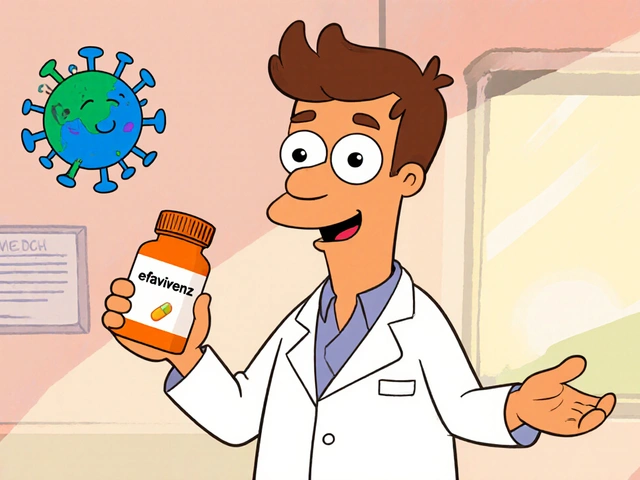Heart rhythm disorder: what it looks like and what to do
Feeling a fluttering, racing, or a skipped beat? Those sensations can mean a heart rhythm disorder, also called an arrhythmia. Not all arrhythmias are dangerous, but some need fast treatment. This page gives straight, practical info on common signs, causes, tests, and treatments so you know when to act.
What to watch for
Common symptoms include palpitations (a fast or irregular heartbeat), dizziness, lightheadedness, shortness of breath, chest discomfort, and fainting. If symptoms come and go, you might have paroxysmal arrhythmia; if they last, it could be persistent or chronic. Atrial fibrillation (AF) is one of the most common types — it causes irregular, often fast heartbeats and raises stroke risk. Other types include tachycardia (too fast), bradycardia (too slow), premature beats, and heart block.
Some episodes are brief and harmless, triggered by stress, caffeine, or extra alcohol. But if you have repeated palpitations, fainting, severe shortness of breath, chest pain, or known heart disease, seek medical help right away. These signs can point to a serious rhythm problem that needs treatment.
What causes arrhythmias and how doctors find them
Arrhythmias happen when the heart’s electrical system misfires. Causes can include coronary artery disease, high blood pressure, valve problems, thyroid issues, electrolyte imbalances, certain medications, and scarring after a heart attack. Sleep apnea and heavy alcohol use are common triggers too.
To diagnose an arrhythmia, doctors start with an ECG (electrocardiogram). If the ECG doesn’t catch the problem, you may wear a Holter monitor (24–48 hours) or an event recorder for longer. Other tests include an echocardiogram (ultrasound of the heart), stress test, blood tests for thyroid and electrolytes, and sometimes an electrophysiology study to map the heart’s electrical signals.
Treatment depends on the type and danger level. Lifestyle changes matter: cut back on caffeine and alcohol, manage stress, treat sleep apnea, and keep electrolytes balanced. Medications can slow or control heart rate (beta-blockers, calcium channel blockers) or restore rhythm (antiarrhythmics). If you have AF, your doctor may recommend blood thinners to lower stroke risk.
Procedures are common and often effective. Electrical cardioversion resets the rhythm. Catheter ablation targets and destroys small areas that trigger abnormal signals. Pacemakers treat slow rhythms; implantable cardioverter-defibrillators (ICDs) treat life-threatening fast rhythms.
When should you see a doctor? Make an appointment for frequent palpitations, new dizziness, fainting, unexplained shortness of breath, or any chest pain. Go to the ER if you faint, have severe chest pain, or feel very short of breath.
Simple steps help reduce risk: control blood pressure and diabetes, avoid smoking, limit alcohol, stay active, and follow your doctor’s advice on medications. Arrhythmias can feel scary, but many are manageable with the right tests and treatment. If you think something’s off with your heartbeat, trust your gut and get checked.





